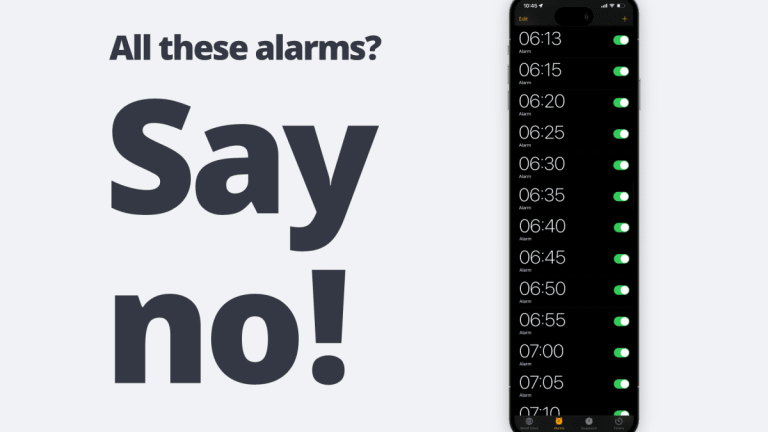Which Motorized Blinds Are Right for You? Comparing Battery, Hardwired, Adaptor, and Solar-powered Styles
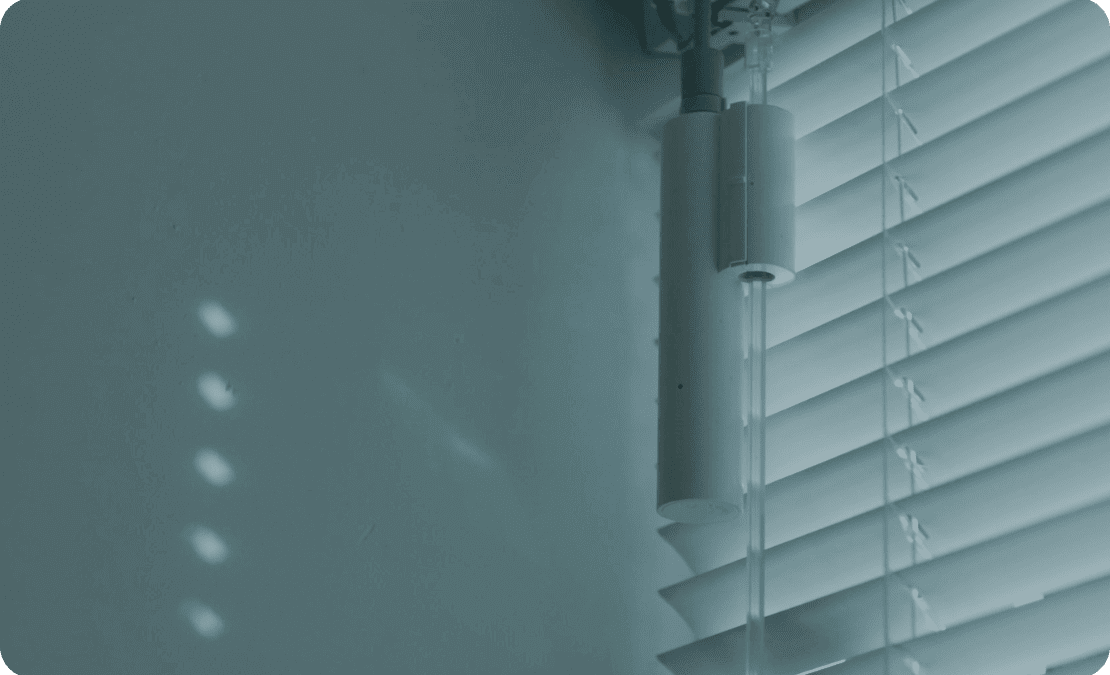
Motorized blinds have risen in popularity thanks to their convenience and lighting control. With just a tap or click, you can adjust blinds to filter or block sunlight and add privacy. Choosing automated blinds suited to your home depends on the power source. The main options are:
- Battery powered
- Hardwired
- DC adaptor
- Solar-powered
Each has pros and cons to consider before picking window treatments that fit your lifestyle and budget. This guide examines how different motorized blinds work and compares their benefits to help you find the right fit.
Convenient Battery Powered Blinds Offer Portability
For easy installation and operation without wiring, battery-powered motorized blinds are a top choice. The motor and mechanics lifting, tilting, and rotating the blinds are housed in a tube inside the headrail. This tube also holds the battery pack power source.
Blind brands typically use:
- Standard AA alkaline batteries
- Compact lithium batteries
- Built-in rechargeable batteries
To run the motors. The batteries connect to a small motor with gears moving the blinds when using the remote, wall switch, or smartphone app.
The key perks of battery-powered blinds are straightforward installation and portability:
- No electrician or wiring is required – just mount the blinds and use the included remote and batteries to operate
- Ideal for rentals, existing homes without wiring access, or frequently moved blinds
However, you’ll need to replace discharged AA/lithium batteries every 6-24 months, depending on use. Rechargeable batteries last longer between charges, but most still need recharging every 1-2 years. So, periodic maintenance is the tradeoff for convenient battery-powered blind motors.
These reliable options cover all styles like shades, cellular shades, wood blinds, and drapes, ranging from $150-$500 per window, depending on features.

Seamless Integration with Hardwired Blind Motors
For whole home automation and unlimited power, hardwired motors are the premium choice. Hardwiring into your existing electrical system enables the most seamless operation. Professional installation is required to connect the blind motors to your home’s circuit panel using in-wall wiring.
Benefits of hardwired blinds:
- Control via home automation systems and universal remotes
- Never worry about dead batteries with a direct home power line
- Can schedule blinds to raise/lower automatically at set times daily
Upfront costs are higher due to installation labor and any needed electrical upgrades. However, long-term convenience and reliability often make the investment worthwhile for whole home coverage.
Hardwired motors are ideal when:
- Building a new home
- Undergoing a major renovation
This allows wiring the blinds during construction for the cleanest setup. Retrofitting wiring in an existing home is possible but more complex.
Pricing averages $200-$1000 per window, depending on size and features. This system enables the most home automation capabilities, allowing convenient voice or app control.
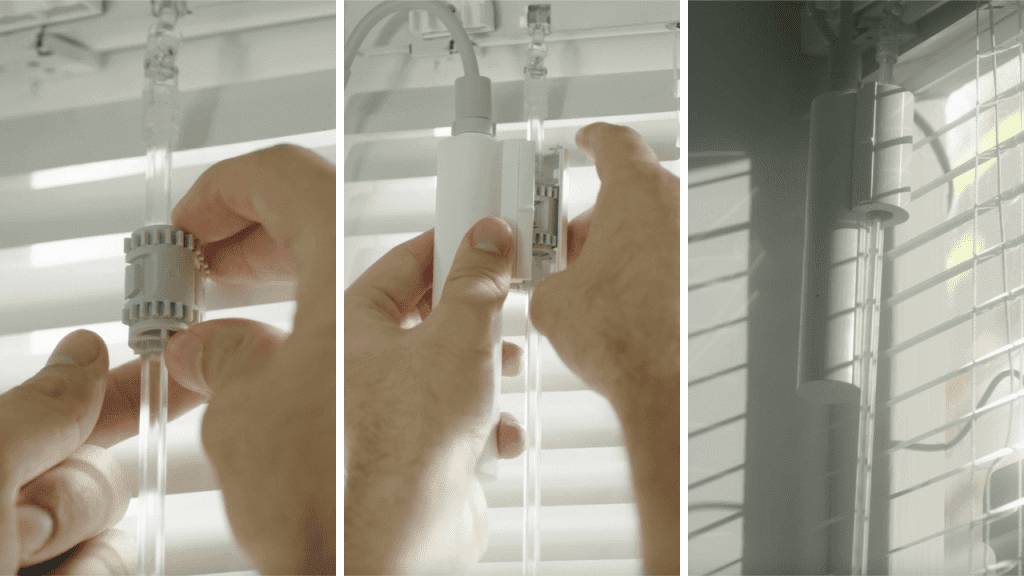
Plug-In DC Adaptor Blinds Offer Middle Ground
If you want automated blinds without batteries but aren’t ready for built-in wiring, DC adaptor blinds can provide a good middle option. Instead of a battery pack, these blinds use an AC power adapter plugged into a nearby outlet.
The adapter converts the outlet’s AC electricity into DC power running the blind motors. This avoids rechargeable batteries while giving consistent energy. However, each blind will have a power adapter cord trailing to an outlet, which can look messy.
DC adaptor motors offer:
- Reliable, unlimited power without professional wiring
- Easy DIY installation like battery-powered
- Lower cost than hardwired
But the visible cords aren’t ideal for a clean interior design. This system works best for a single room rather than a whole home install.
The plug-in design enables easy installation and steady power at a lower cost than built-in wiring.
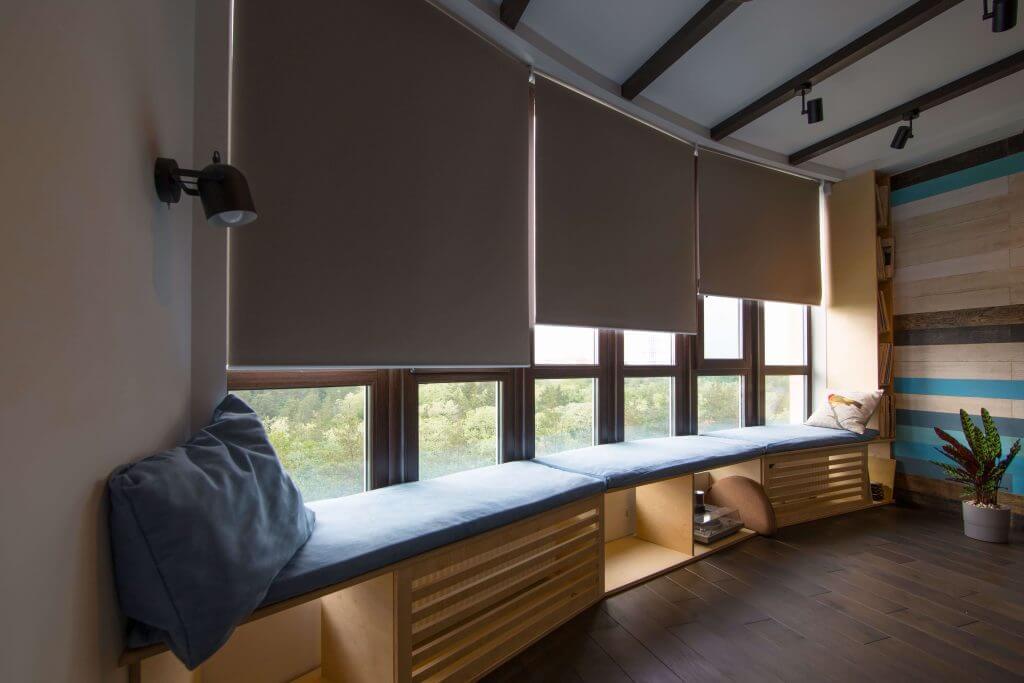
Harness the Power of the Sun with Solar Blind Motors
For an eco-friendly automated blind choice, some brands offer solar-powered motors. These have a small solar panel at the blind top facing outward to collect sunlight. The solar cells convert light energy to power the lift motor and electronics.
Benefits of solar-powered blinds:
- No wiring is required for installation
- Solar panels self-recharge from sunlight
- Provide energy and cost savings compared to battery or hardwired blinds
How Solar Blind Motors Work
The solar panels are thin, lightweight photovoltaic cells mounted on the top or back side of the headrail. Most solar blind systems use monocrystalline silicon cells for maximum efficiency in converting light to electricity.
The solar cells connect to a rechargeable lithium battery stored in the headrail that powers the lift motor. This battery charges during the day from the solar panel and stores energy to operate the blinds.
One key advantage of solar blinds is energy savings. Running the blinds from solar power reduces your utility bills compared to battery or hardwired blinds that pull from your home’s electricity.
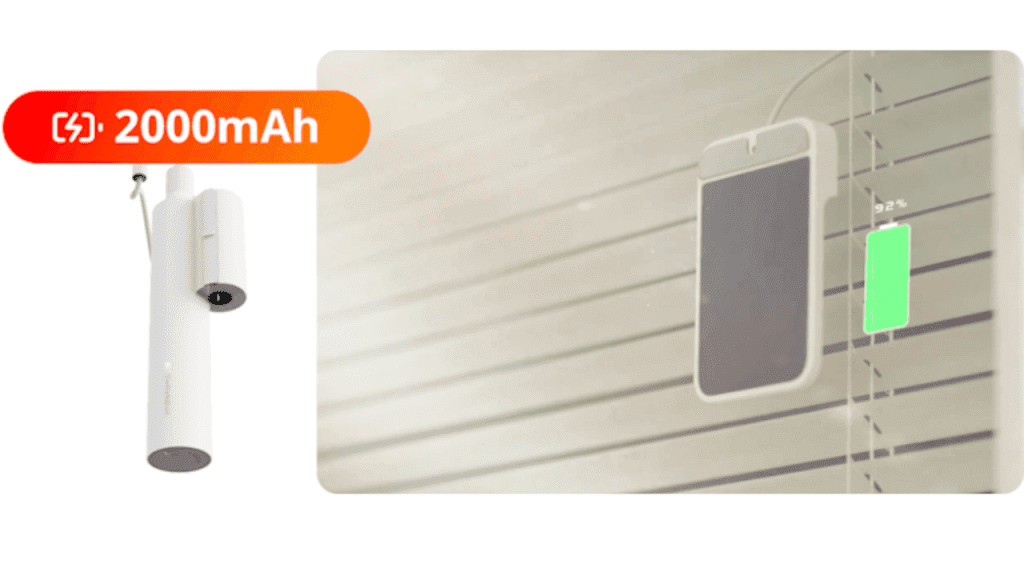
Ideal Installation Conditions
However, solar panel performance depends on adequate sunlight exposure. Solar cells work best with direct south-facing exposure without obstructions. Panels may not charge well if blinds are:
- Facing away from the sun’s path
- In an area with obstructions like trees, a porch roof, or an overhang
- In a climate with limited sunlight
Maximizing Solar Blind Efficiency
To get the most out of solar-powered blinds, proper placement is vital. Here are some tips to maximize solar collection and performance:
- Install solar blinds on windows with the most direct sun exposure in your region. For example, in the northern hemisphere, aim for south-facing windows which receive the most sunlight throughout the day. In the southern hemisphere, north-facing windows would be ideal.
- Avoid placement on windows with very limited light exposure. Areas shaded for large parts of the day will hinder solar charging capabilities.
- Check for roof overhangs, trees, or other obstructions that could block sunlight from hitting the solar cells. Leave some space clear above and around the blinds.
- Adjust the tilt angle if needed. Some solar blinds let you change the tilt for optimal exposure. Angle downward in winter, upward in summer.
- Close blinds when not in use to allow maximum light collection by the solar panels. The cells can’t recharge when sunlight is blocked.
- Use light colors for slats/fabrics. Pale colors let more light pass through to the solar cells than dark shades do.
With smart placement and operation, solar-powered blinds can deliver efficient automated control while also reducing your energy consumption. The eco-friendly solar option is worth considering for windows with good sun access.
Conclusion
When exploring motorized blinds, carefully weigh your options to find the optimal match. Hardwired blinds seamlessly integrate for whole-home automation, while battery-powered options provide easy installation in existing homes or rentals. For eco-friendly solar power, solar blinds harness the sun’s rays but require proper placement. DC adaptors offer a middle ground between wired and wireless setups.
Take stock of your goals, home layout, and budget when deciding which motorized blind type best fits your lifestyle. Any of these automated options can upgrade your lighting control, privacy, and convenience with just a tap of your finger. Smart features like scheduling, voice operation, and app integration bring blinds to the next level. With the myriad choices available today, you’re sure to discover motorized blinds perfect for your unique needs. Automating your window treatments makes attaining the ideal lighting ambiance in any room easier than ever.
Q&A
Q1: Which Motorised blinds are best?
If energy savings and eco-friendliness are your priorities, solar-powered motorized blinds are often the best option. They operate off self-charging solar panels, reducing electricity usage. With proper sunlight exposure, solar blinds provide automated functionality without the external power draw.
Q2: How long do motorized blinds last?
Quality solar-powered blinds can operate efficiently for 5-10 years or more. The solar cells and lithium battery pack are designed for durability, and the motors have a long lifespan. With basic maintenance like cleaning the solar panels, solar blinds will provide many years of reliable service.
Q3: Do motorized blinds add value?
Yes, motorized blinds can increase a home’s value, especially whole-home hardwired systems. Automated blinds are seen as a luxury upgrade that buyers are often willing to pay more for. Smart features and voice/app control also add tech value many buyers desire.
Q4: Do motorized blinds go up and down?
Yes, all types of motorized blinds can be programmed to go up and down automatically at scheduled times. You can set schedules to raise blinds in the morning and lower them at night for convenience and privacy.
Q5: Are motorized blinds easy to clean?
Motorized blinds are very easy to clean – the motorization does not affect normal cleaning. Use a duster or vacuum with a brush attachment regularly. Most blind fabrics can be spot-cleaned with mild soap and water when needed.
Q6: What motorized blinds are best in the bedroom?
Solar-powered motorized blinds are often the best choice for bedrooms. Solar cells integrated into the blinds charge up during the day to provide battery power for easy remote control operation. This allows convenience in adjusting the blinds from the bed to dim the room for sleeping or let in the morning sunrise. Going with solar-powered motorized blinds is an eco-friendly option that makes controlling your bedroom lighting easy.
Read More
- How Do Smart Locks Work?
- How to Connect Smart Curtain to Google Assistant
- SwitchBot Lock | Why choose smart locks for home security?
- SwitchBot and Apple Watch, the fastest way you can control our devices?
- Show us how you use SwitchBot products, and win big prizes.
Smart Home 101: A Breakdown of Popular Smart Blind Systems
How to Make Your Home Look Expensive with Curtains?


